-
 Bitcoin
Bitcoin $117300
1.99% -
 Ethereum
Ethereum $3884
5.89% -
 XRP
XRP $3.268
9.33% -
 Tether USDt
Tether USDt $1.000
0.02% -
 BNB
BNB $783.0
1.78% -
 Solana
Solana $173.6
3.51% -
 USDC
USDC $0.9999
0.00% -
 Dogecoin
Dogecoin $0.2193
7.00% -
 TRON
TRON $0.3380
0.30% -
 Cardano
Cardano $0.7769
5.08% -
 Stellar
Stellar $0.4350
9.36% -
 Hyperliquid
Hyperliquid $40.23
5.78% -
 Sui
Sui $3.739
6.95% -
 Chainlink
Chainlink $18.30
9.46% -
 Bitcoin Cash
Bitcoin Cash $581.7
2.11% -
 Hedera
Hedera $0.2577
5.51% -
 Ethena USDe
Ethena USDe $1.001
0.00% -
 Avalanche
Avalanche $23.08
4.23% -
 Litecoin
Litecoin $121.7
2.24% -
 UNUS SED LEO
UNUS SED LEO $8.962
-0.34% -
 Toncoin
Toncoin $3.332
1.36% -
 Shiba Inu
Shiba Inu $0.00001273
3.39% -
 Uniswap
Uniswap $10.35
6.84% -
 Polkadot
Polkadot $3.818
4.01% -
 Dai
Dai $1.000
0.01% -
 Bitget Token
Bitget Token $4.446
2.13% -
 Cronos
Cronos $0.1491
4.96% -
 Monero
Monero $255.4
-9.78% -
 Pepe
Pepe $0.00001099
4.80% -
 Aave
Aave $284.0
8.01%
What are the use cases for Kujira (KUJI) coin?
KUJI's native token, KUJI, holds multiple applications, including staking, governance, borrowing/lending, and yield farming within the Kujira ecosystem.
Dec 23, 2024 at 10:50 am
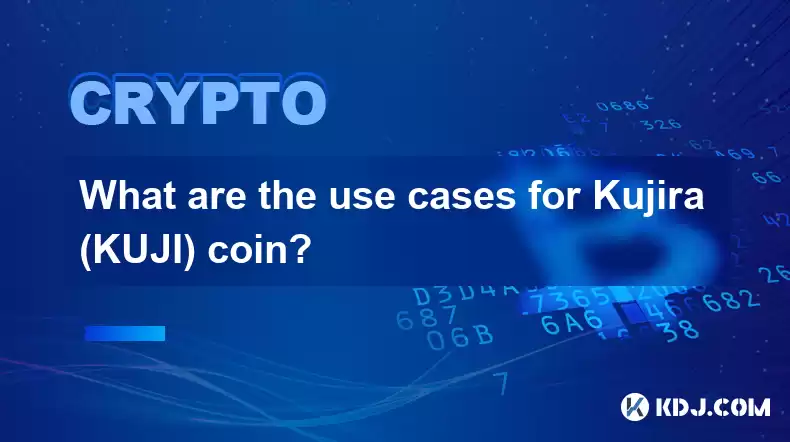
What are the Use Cases for Kujira (KUJI) Coin?
Kujira (KUJI) is a decentralized lending and borrowing platform that offers a variety of use cases for its native token, KUJI. Here are some of the key use cases for KUJI:
Governance
KUJI holders can participate in the governance of the Kujira platform by voting on proposals that affect the development and direction of the platform. Proposals can be submitted by anyone, and they are voted on by KUJI holders in proportion to the amount of KUJI they hold.
Staking
KUJI holders can stake their tokens to earn rewards and support the security of the Kujira network. Staking involves locking up your KUJI tokens for a period of time, during which you will earn rewards in the form of new KUJI tokens. The amount of rewards you earn is proportional to the amount of KUJI you stake and the length of time you stake them for.
Borrowing and lending
KUJI holders can borrow and lend assets on the Kujira platform. When you borrow an asset, you are essentially taking out a loan in that asset. The amount of interest you pay on your loan is determined by the terms of the loan, including the loan amount, the interest rate, and the loan term. When you lend an asset, you are essentially providing a loan to another user. The amount of interest you earn on your loan is determined by the terms of the loan, including the loan amount, the interest rate, and the loan term.
Yield farming
KUJI holders can participate in yield farming to earn rewards in the form of new KUJI tokens. Yield farming involves depositing your KUJI tokens into a liquidity pool, which is a collection of tokens that are used to facilitate trading on the Kujira platform. The amount of rewards you earn is proportional to the amount of KUJI you deposit into the liquidity pool and the length of time you keep your KUJI in the pool.
Referral rewards
KUJI holders can earn referral rewards by referring new users to the Kujira platform. When you refer a new user to the platform, they will receive a bonus in KUJI tokens, and you will also receive a bonus in KUJI tokens. The amount of the bonus depends on the number of new users you refer to the platform.
Payment gateway
KUJI can be used as a payment gateway for businesses and individuals to accept payments in cryptocurrencies. Kujira offers a secure and efficient way to accept payments, and it supports a wide range of cryptocurrencies. Businesses and individuals can use Kujira to accept payments for goods, services, and donations.
FAQs
What is staking in relation to cryptocurrencies?
Staking refers to holding a cryptocurrency in your wallet for a specific period to support the security and operation of the blockchain network of that cryptocurrency. Staking involves locking up your coins and committing them to the blockchain network's consensus mechanism, which secures and validates transactions on the network.
What are some popular staking platforms?
- Binance
- Kraken
- Coinbase
- Huobi
- Crypto.com
What is the difference between staking and yield farming?
Staking refers to the process of holding a cryptocurrency in your wallet and supporting the network by locking up your coins. Yield farming, on the other hand, is a more active process of participating in decentralized finance (DeFi) protocols to earn rewards. Yield farming involves depositing your coins into liquidity pools and lending them out to borrowers, in exchange for earning rewards in the form of interest or platform-specific tokens.
What are the risks of staking?
- Smart contract risk: Staking involves interacting with smart contracts, which are computer programs that execute actions on the blockchain. Smart contracts can have bugs or vulnerabilities, which could lead to the loss of your staked coins.
- Volatility risk: The value of cryptocurrencies can fluctuate significantly, which means that the value of your staked coins could decrease while they are locked up.
- Illiquidity risk: Staking often involves locking up your coins for a specific period, which means that you may not be able to access your coins during that time.
What are the rewards for staking?
The rewards for staking vary depending on the cryptocurrency and staking platform. Some of the potential rewards for staking include:
- Earning additional cryptocurrency: Staking often rewards participants with additional coins or tokens of the cryptocurrency they are staking.
- Priority transaction fees: Stakers may receive priority for their transactions on the blockchain network, resulting in faster transaction confirmation times and lower fees.
- Governance rights: Staking may give participants voting rights or influence over the development and governance of the cryptocurrency's protocol.
Disclaimer:info@kdj.com
The information provided is not trading advice. kdj.com does not assume any responsibility for any investments made based on the information provided in this article. Cryptocurrencies are highly volatile and it is highly recommended that you invest with caution after thorough research!
If you believe that the content used on this website infringes your copyright, please contact us immediately (info@kdj.com) and we will delete it promptly.
- Cold Wallet Crypto in 2025: The Future is Now, Ya'll
- 2025-08-08 05:10:13
- MAGACOIN, SOL, and ADA: A Tale of Shifting Tides in Crypto
- 2025-08-08 05:10:13
- SHIB Price, PEPE, and the Memecoin Supercycle: Who Will Reign Supreme?
- 2025-08-08 05:50:12
- Pudgy Penguins Price Prediction: Google Trends & Breakout Signals
- 2025-08-08 05:50:12
- UAE Crypto Regulation: SCA and VARA Unite to Streamline the Future of Digital Assets
- 2025-08-08 05:55:48
- MAGACOIN Finance: The Presale Phenomenon Rocking the Crypto World
- 2025-08-08 05:55:48
Related knowledge

Where can I buy UMA (UMA)?
Aug 07,2025 at 06:42pm
Understanding UMA and Its Role in Decentralized FinanceUMA (Universal Market Access) is an Ethereum-based decentralized finance (DeFi) protocol design...

What exchanges support buying IOTA (MIOTA)?
Aug 07,2025 at 09:58pm
Understanding the Role of Private Keys in Cryptocurrency SecurityIn the world of cryptocurrency, private keys are the cornerstone of ownership and con...
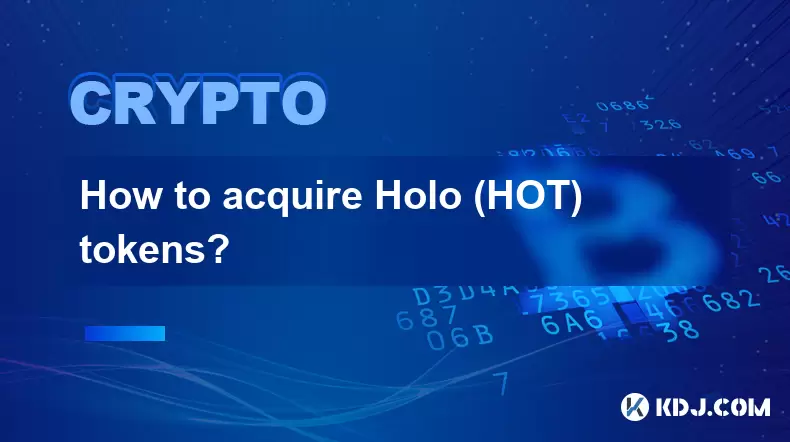
How to acquire Holo (HOT) tokens?
Aug 08,2025 at 05:56am
Understanding Holo (HOT) and Its EcosystemHolo (HOT) is a cryptocurrency token associated with the Holo ecosystem, which is built on the Holochain fra...
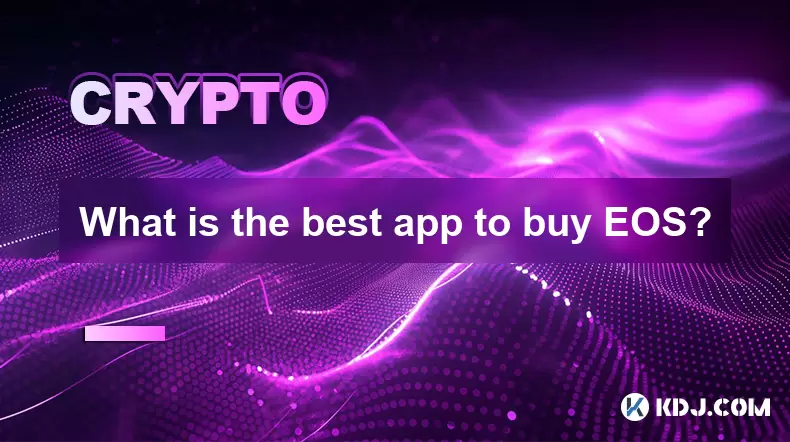
What is the best app to buy EOS?
Aug 07,2025 at 04:35pm
Understanding EOS and Its Role in the Cryptocurrency EcosystemEOS is a blockchain platform designed to support decentralized applications (dApps) with...
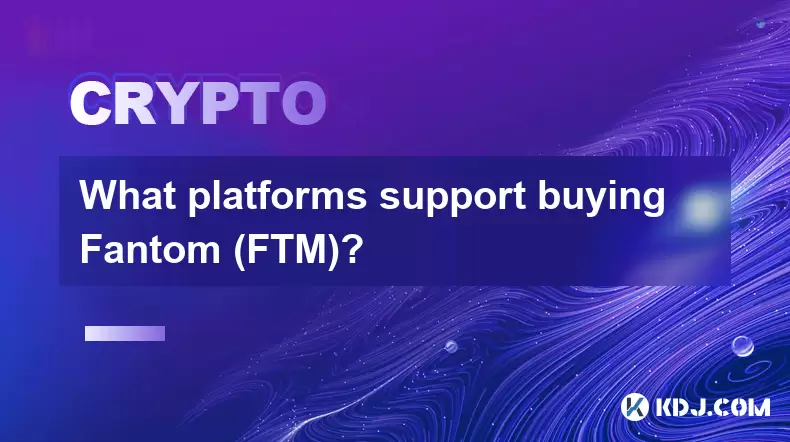
What platforms support buying Fantom (FTM)?
Aug 08,2025 at 01:56am
Overview of Fantom (FTM) and Its EcosystemFantom (FTM) is a high-performance, scalable, and secure layer-1 blockchain designed to overcome the limitat...
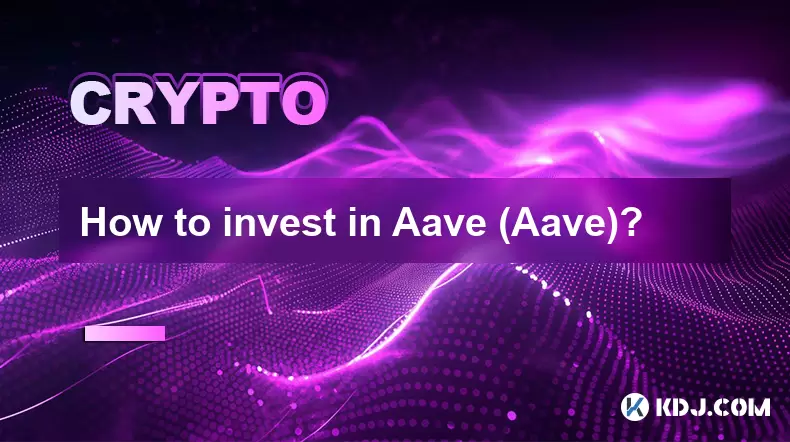
How to invest in Aave (Aave)?
Aug 08,2025 at 01:07am
Understanding Aave (AAVE) and Its Role in DeFiAave is a decentralized finance (DeFi) protocol that enables users to lend, borrow, and earn interest on...

Where can I buy UMA (UMA)?
Aug 07,2025 at 06:42pm
Understanding UMA and Its Role in Decentralized FinanceUMA (Universal Market Access) is an Ethereum-based decentralized finance (DeFi) protocol design...

What exchanges support buying IOTA (MIOTA)?
Aug 07,2025 at 09:58pm
Understanding the Role of Private Keys in Cryptocurrency SecurityIn the world of cryptocurrency, private keys are the cornerstone of ownership and con...

How to acquire Holo (HOT) tokens?
Aug 08,2025 at 05:56am
Understanding Holo (HOT) and Its EcosystemHolo (HOT) is a cryptocurrency token associated with the Holo ecosystem, which is built on the Holochain fra...

What is the best app to buy EOS?
Aug 07,2025 at 04:35pm
Understanding EOS and Its Role in the Cryptocurrency EcosystemEOS is a blockchain platform designed to support decentralized applications (dApps) with...

What platforms support buying Fantom (FTM)?
Aug 08,2025 at 01:56am
Overview of Fantom (FTM) and Its EcosystemFantom (FTM) is a high-performance, scalable, and secure layer-1 blockchain designed to overcome the limitat...

How to invest in Aave (Aave)?
Aug 08,2025 at 01:07am
Understanding Aave (AAVE) and Its Role in DeFiAave is a decentralized finance (DeFi) protocol that enables users to lend, borrow, and earn interest on...
See all articles

























































































